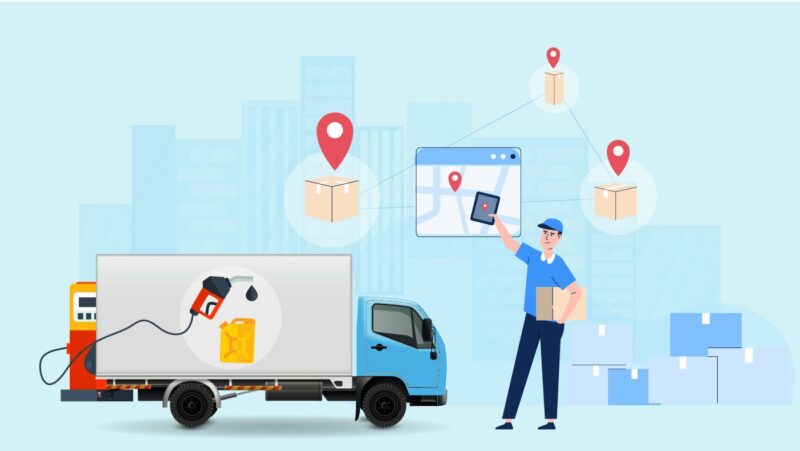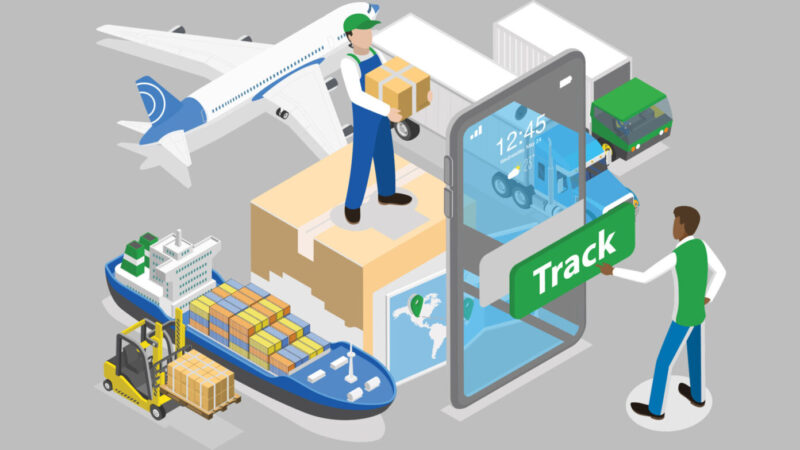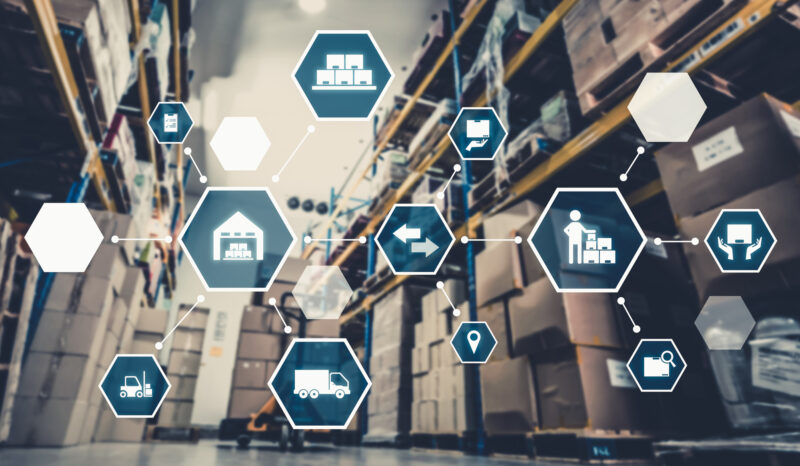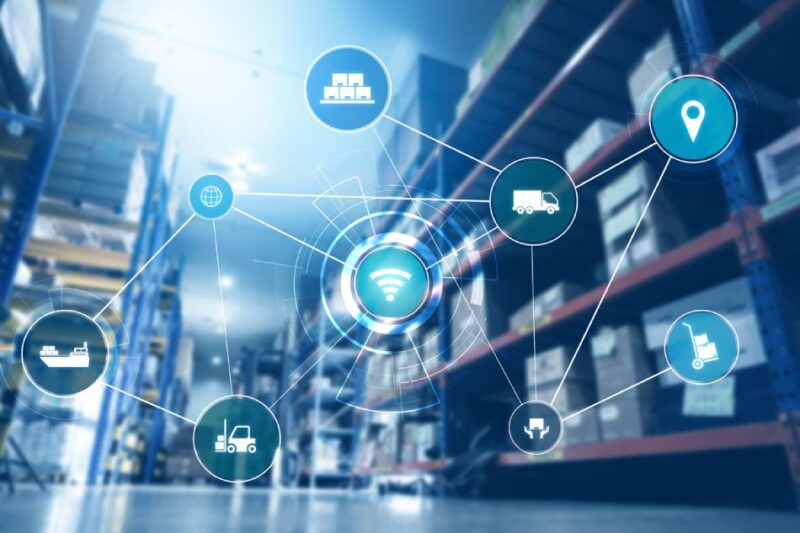Transparency in logistics has long been a buzzword in the industry, but with the rapid advancement of technology, it is now becoming a reality. From real-time tracking systems to data analytics, technology is revolutionizing the way we approach logistics.
Gone are the days of relying on manual processes and guesswork to manage supply chains. Today, companies are leveraging innovative solutions to gain unprecedented visibility into their operations, leading to increased efficiency, cost savings, and ultimately, improved customer satisfaction.
In this article, we will explore how technology is changing the game in logistics and how businesses can harness its power to stay competitive in the modern marketplace.
1. Introduction to Transparency in Logistics

In todays rapidly evolving logistics landscape, transparency has become a paramount focus for businesses looking to streamline operations and gain a competitive edge. With the advent of advanced technologies like blockchain, IoT, and AI, companies now have unprecedented visibility into their supply chains, allowing for real-time tracking of shipments, inventory levels, and delivery times.
This newfound transparency not only enhances operational efficiency but also enables better decision-making, risk mitigation, and customer satisfaction. As technology continues to revolutionize the logistics industry, companies must embrace transparency as a strategic imperative to stay ahead of the curve and meet the ever-increasing demands of a globalized marketplace.
2. The Impact of Technology on Logistics Transparency

The integration of technology in logistics has revolutionized the way businesses manage their transportation and supply chain operations. With advanced tracking systems, real-time data analytics, and intelligent automation tools, companies can now achieve unprecedented levels of transparency in their logistics processes.
This increased transparency not only allows for better visibility and control over inventory movements but also enables greater collaboration and communication between all stakeholders in the supply chain. As a result, businesses can make more informed decisions, reduce costs, improve efficiency, and ultimately enhance customer satisfaction.
The impact of technology on logistics transparency is undeniable, paving the way for smarter and more interconnected supply chains in the digital age.
3. Real-Time Tracking and Visibility

Real-time tracking and visibility have become essential components in modern logistics operations, thanks to advancements in technology. With the ability to monitor freight shipments and transportation vehicles in real-time, companies can now achieve a new level of transparency throughout the supply chain.
This enhanced visibility allows for better decision-making, improved efficiency, and increased customer satisfaction. By utilizing tools such as GPS tracking, RFID technology, and cloud-based software, logistics managers can keep a close eye on inventory, monitor delivery times, and quickly respond to any potential disruptions.
Overall, real-time tracking and visibility not only streamline operations but also provide valuable data insights that can drive continuous improvement and optimization within the logistics industry.
Conclusion
In conclusion, the transformation of the logistics industry through technology has brought about a new era of transparency and efficiency. With the use of advanced tracking systems, real-time data analytics, and blockchain technology, companies are able to provide a higher level of visibility and control over their supply chains.
As a result, customers can expect faster delivery times, accurate tracking information, and better communication throughout the entire shipping process. This new level of transparency not only boosts customer satisfaction but also streamlines operations, reduces costs, and improves overall sustainability.
The cofounder and his team have successfully leveraged these technological advancements to adapt to the changing landscape of logistics, setting a new standard for the industry as a whole. The future of logistics lies in the continued integration of technology to drive innovation and efficiency, ultimately revolutionizing the way goods are transported and delivered worldwide.


